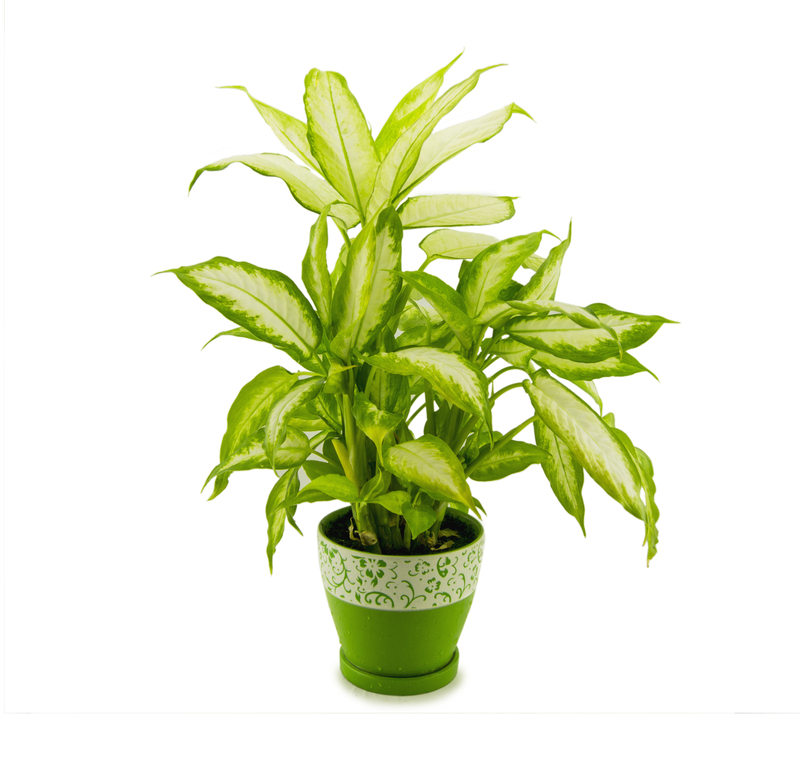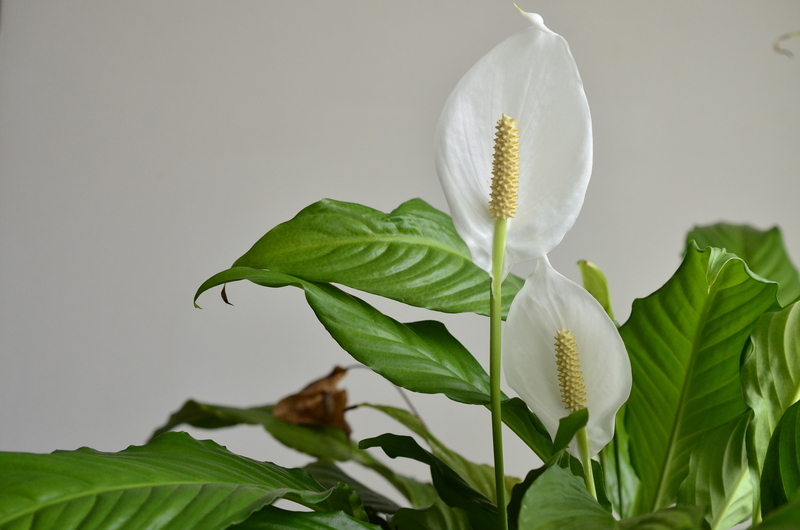Effective Lawn Care Habits for Summer Drought Resilience
Summer can be a challenging time for lawns, especially when drought conditions set in. However, maintaining a lush, healthy yard during dry months is possible with proper care strategies. This comprehensive guide will walk you through effective lawn care habits for summer drought resilience, ensuring your green space remains vibrant and thriving even under prolonged dry spells.
Understanding Summer Drought and Its Effects on Lawns
Drought is a period of below-average rainfall that can significantly affect home landscapes. For lawns, insufficient water can lead to wilting, browning, stunted growth, and a decline in overall health. Understanding how drought stresses grass helps lay the foundation for smart, drought-tolerant lawn care.
- Water Stress: Without enough water, grass blades lose turgidity, turning gray-blue and curling up to minimize surface area and water loss.
- Reduced Growth: Drought slows or halts grass growth, causing the lawn to look patchy or thin out.
- Pest and Disease Vulnerability: Weakened lawns are more susceptible to insect infestations and fungal infections.

The Importance of Drought-Resilient Lawn Practices
Establishing effective lawn care habits for summer drought resilience isn't just about aesthetics; it supports environmental sustainability and reduces water waste. With the right techniques, you can cultivate a deeply-rooted, hardy lawn that bounces back when rainfall returns. Here's how to create a foundation for drought survival.
1. Choose Drought-Tolerant Grass Varieties
Selecting the appropriate grass species is a critical first step for drought-resilient lawns. Some grass types naturally endure heat and water shortages better than others. Consider these options:
- Bermudagrass: Thrives in heat, has deep roots, and requires less water.
- Zoysiagrass: Dense growth and drought-tolerant once established.
- Buffalograss: Native to plains, survives on minimal watering.
- Tall Fescue: Among cool-season grasses, it tolerates drought due to deep roots.
- Fine Fescue: Handles shade and heat well in cooler climates.
*Consult local nurseries for recommendations tailored to your region's climate and soil.*
Grass Seed vs. Sod
Both grass seed and sod have pros and cons for drought-tolerant lawns. Seed varieties offer deeper initial root growth, whereas sod provides instant coverage and may require more immediate watering. Establish either in spring or fall for the best drought resilience by summer.
2. Water Wisely for Deep Root Growth
Watering is crucial during dry seasons, but the timing and method matter more than frequency. The goal is to encourage deep-rooted lawns that access moisture below the surface.
Best Practices for Watering During Drought
- Water Early: Water lawns early in the morning (between 4-9 AM) to minimize evaporation.
- Infrequent, Deep Watering: Soak the soil to a depth of 6-8 inches once or twice a week rather than shallow daily watering. This trains roots to grow deeper.
- Use a Rain Gauge: Lawns generally require about 1 inch of water per week--monitor rainfall and adjust irrigation accordingly.
- Spot Water: Focus extra hydration to high-stress areas, such as slopes or sun-exposed patches, rather than the entire lawn.
Remember: Overwatering not only wastes water during drought but also encourages shallow roots and fungal diseases.
3. Mow High and Less Frequently
Proper mowing during drought builds resilience and reduces lawn stress. Mowing too short can expose soil, increase evaporation, and weaken roots.
Mowing Tips for Summer Drought
- Raise the Mower Blade: Keep grass at the recommended height for the species--usually 3-4 inches. Taller grass shades the soil and reduces water loss.
- Mow Less Often: Drought slows growth, so mow only when necessary. Cutting less frequently reduces stress on the lawn.
- Leave Clippings: Mulch clippings back onto the lawn to retain moisture and add nutrients.
- Sharpen Blades: Ensure clean cuts that minimize plant stress and water loss.
Tip: Never remove more than 1/3 of the grass blade in one mowing session.
4. Enrich Soil Health for Drought Resistance
Healthy soil is the underpinning of a resilient lawn. Soil rich in organic matter holds water more effectively and supports deeper root growth.
Soil Improvement Strategies
- Core Aeration: Aerate compacted soil in spring or fall to allow moisture and roots to penetrate deeper.
- Topdress with Compost: Apply a thin layer of compost or organic matter to boost water retention.
- Check Soil pH: Most grasses prefer a pH of 6-7. Amend soil as needed for optimal growth and water absorption.
Healthier soil means lawns that require less frequent watering and stay greener even in drought.
5. Smart Lawn Feeding and Fertilization
Fertilization is important for lawn care habits for drought, but excessive or poorly timed feeding can harm grass in summer. Strike a balance by following these guidelines:
- Time Fertilizer Applications: Avoid fertilizing during peak drought and heat. Apply slow-release fertilizer in late spring or early fall instead.
- Choose the Right Fertilizer: Use formulations designed for summer use or organic products that slowly release nutrients.
- Avoid Chemical Burn: Over-fertilizing stresses lawns, making them less drought-resilient.
Upholding an eco-friendly, well-scheduled feeding routine helps lawns maintain vigor without overwhelming them in stressful summer heat or during rain shortages.
6. Mulch and Reduce Lawn Size
Applying mulch to planting beds, landscape borders, and even thin areas of your lawn has water-saving benefits. Additionally, reconsidering the size of your lawn can maximize drought-tolerant landscape practices.
Benefits of Mulching
- Reduces evaporation and keeps soil cooler
- Suppresses weeds that compete for available moisture
- Adds organic matter as it breaks down
Alternatives to Traditional Lawns
- Replace parts of your lawn with native groundcovers, ornamental grasses, or drought-tolerant perennial gardens.
- Create mulched pathways or rock gardens to decrease water needs.
Every square foot of lawn replaced with mulched, low-water alternatives helps make your outdoor space more resilient during summer drought.
7. Integrated Pest and Weed Management
A thin, drought-stressed lawn is more likely to fall victim to disease outbreaks, insect infestation, and weed invasion. Proactive maintenance habits reduce these risks:
- Hand-pull or spot treat weeds so they don't steal precious water from grass.
- Monitor for pests (like grubs and chinch bugs) and consult with local extensions or use targeted, low-toxicity solutions if needed.
- Remove thatch: Thatch buildup repels water. If over 1/2 inch thick, dethatch in early spring or fall.
*Healthy, well-cared-for lawns have natural defenses, making them more drought-tolerant in the long run.*
8. Adapt Lawn Care Habits During Drought Restrictions
Often, water restrictions are implemented during severe summer droughts. Adjust your habits to comply and maintain lawn health:
Survival Tactics for Lawns Under Water Restrictions
- Let Grass Go Dormant: Most grass species can survive 4-6 weeks without water by going dormant. It'll recover when moisture returns.
- Avoid Traffic: Minimize walking or placing heavy objects on stressed lawns.
- Skip Fertilizing: Halt fertilizer applications during mandatory drought periods.
Only water by hand or on permitted days during restrictions. Focus on newly established or higher-value areas if rationing is necessary.
9. Monitor and Adjust: Building Resilient Lawn Habits
Achieving a truly drought-resilient lawn demands flexibility. Regularly assess your lawn, track weather trends, and adjust watering, feeding, or mowing as needed.
- Check soil moisture by probing with a screwdriver or using a soil meter.
- Look for signs of wilting, color change, or pest activity and address promptly.
- Stay updated on local drought advisories and water guidelines.
- Introduce new lawn care habits gradually so grass adjusts over time.
With a little observation and proper adjustment, your lawn will have the best chance of enduring even the harshest summers.

Frequently Asked Questions About Summer Drought Lawn Care
Is it okay to let my lawn go brown in drought?
Yes. Grass naturally goes dormant and turns brown to conserve water during drought, but most species recover with rainfall. Don't fertilize or overwater; simply minimize traffic and wait for rain.
How often should I mow during a drought?
Reduce mowing frequency--as little as every 2-3 weeks--only when grass actively grows. Always mow at a higher blade height to shield soil and promote root depth.
What's the ideal lawn watering schedule during water bans?
Water only on your permitted days, if allowed, focusing on deep, thorough soaking rather than light, frequent sessions. Prioritize newly seeded grass and critical areas if you must ration.
Conclusion: Building a Summer-Proof, Drought-Resilient Lawn
By embracing these effective lawn care habits for summer drought resilience, you not only protect the beauty and health of your yard but also contribute to responsible, sustainable water use. A lawn trained for drought tolerance is less resource-intensive, more eco-friendly, and easier to maintain--season after season.
Remember: Start with the right grass, enrich your soil, mow smart, feed sparingly, and water deeply but less often. These core practices, along with smart landscape design and ongoing vigilance, set the stage for a lush, drought-resistant landscape that lasts through even the hottest, driest summers.
- Adapt lawn care to your climate for best results.
- Continually educate yourself on water-wise gardening trends.
- Be patient: drought resistance is cultivated over multiple seasons.
With these strategies, your lawn can survive--and even thrive--when summer droughts arrive.